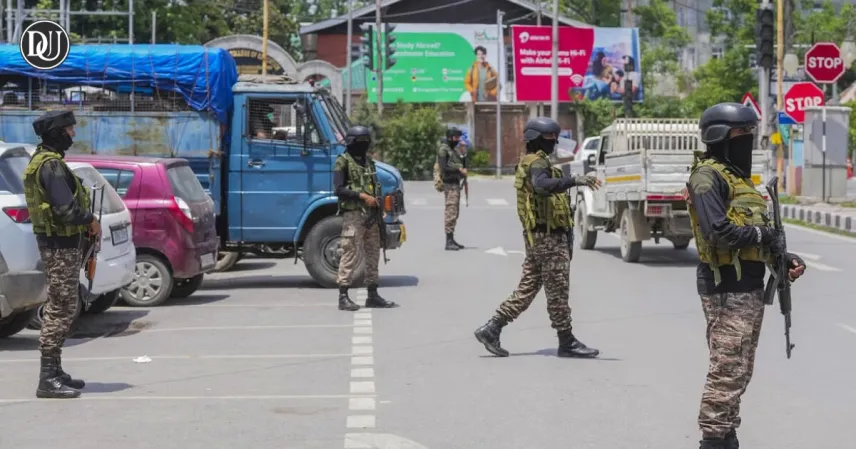In the heart of Kashmir, a tentative calm has settled following the recent ceasefire between India and Pakistan. The echoes of gunfire have faded, replaced by the cautious footsteps of residents returning to their daily routines. Markets are reopening, children are venturing back to schools, and the once-deserted streets are slowly coming back to life.
Yet, beneath this surface of normalcy lies a community grappling with uncertainty. The memories of recent escalations are still vivid, and the question lingers: How long will this peace endure?
The Shadows of Recent Conflict
The ceasefire follows a period of intense hostilities, marked by cross-border shelling and military engagements. The violence disrupted lives, displaced families, and instilled a pervasive sense of fear among the residents. While the cessation of hostilities is a welcome development, the scars left by the conflict are not easily healed.
Residents recall the nights spent in shelters, the uncertainty of each day, and the constant worry for loved ones. The trauma of these experiences lingers, making the current peace feel fragile and tentative.
Skepticism Amidst Hope
Despite the ceasefire, skepticism remains high. Many residents recall previous truces that were short-lived, leading to renewed violence. The lack of a clear roadmap for lasting peace contributes to the uncertainty. People are wary of placing their hopes in an agreement that may not withstand the test of time.
The community's resilience is evident, but so is their caution. There's a collective yearning for stability, yet an understanding that true peace requires more than just a ceasefire—it demands sustained commitment and trust-building measures from all parties involved.
The Human Toll
Beyond the political and military narratives, the human cost of the conflict is profound. Families have been torn apart, homes destroyed, and communities disrupted. The psychological impact on children and adults alike is significant, with many experiencing trauma and anxiety. Rebuilding lives and restoring a sense of security will require sustained efforts and support.
Local organizations and community leaders are stepping in to provide assistance, but the path to recovery is long. There's a pressing need for comprehensive rehabilitation programs, mental health support, and economic opportunities to help the affected populations rebuild their lives.
A Call for Lasting Solutions
The current ceasefire, while a positive step, underscores the need for a comprehensive and lasting solution to the Kashmir issue. Dialogue, mutual understanding, and a commitment to peace are essential to prevent future escalations. The people of Kashmir deserve a future free from the shadow of conflict, where they can live with dignity and security.
It's imperative for all stakeholders to engage in meaningful conversations, address underlying issues, and work collaboratively towards a sustainable peace. Only then can the cycle of violence be broken, and a new chapter of harmony and development begin for the region.
Looking Forward
As Kashmir navigates this delicate period, the resilience and hope of its people shine through. The ceasefire offers a glimmer of possibility—a chance to move beyond the shadows of conflict and towards a brighter, more peaceful future.
The journey ahead is fraught with challenges, but with collective will and genuine efforts, lasting peace is within reach. The world watches with anticipation, hoping that this fragile calm can transform into enduring stability for the people of Kashmir.










